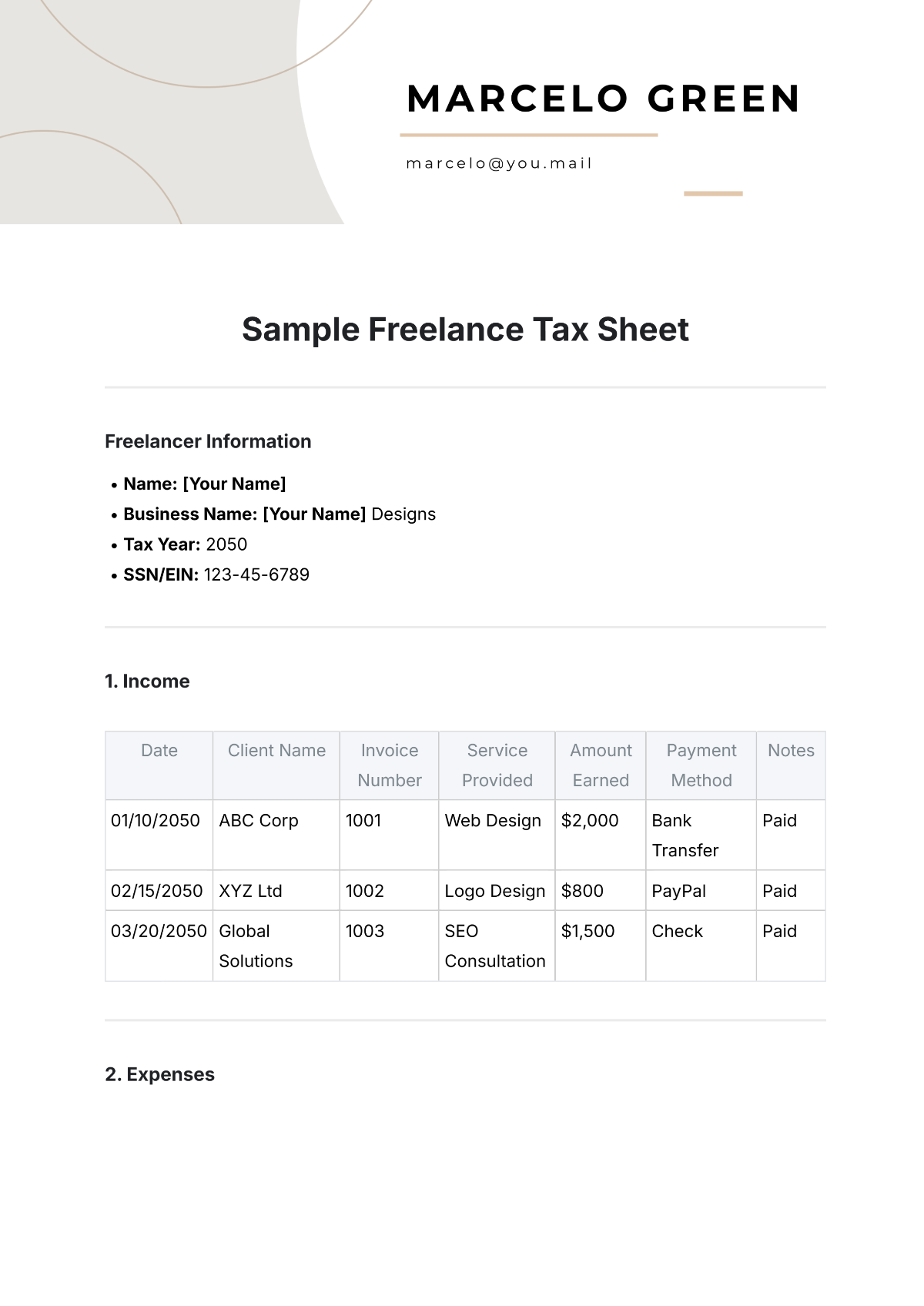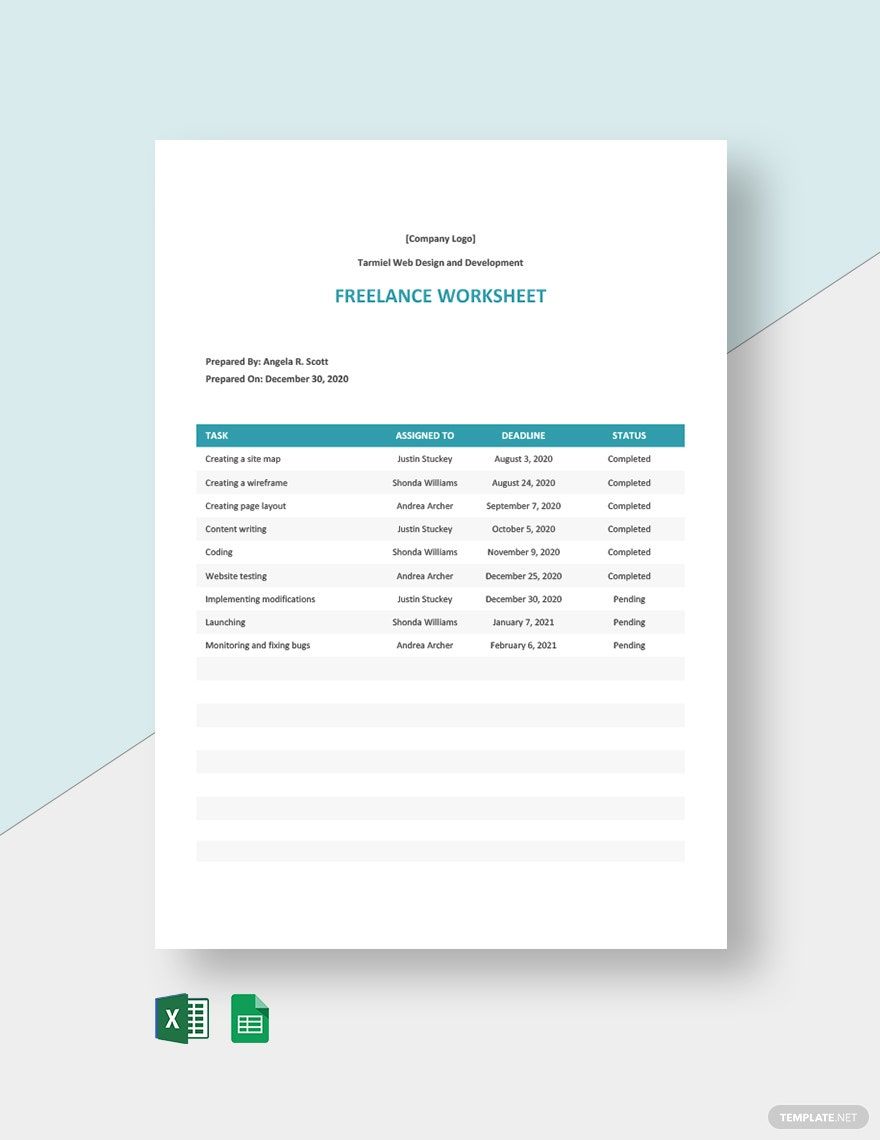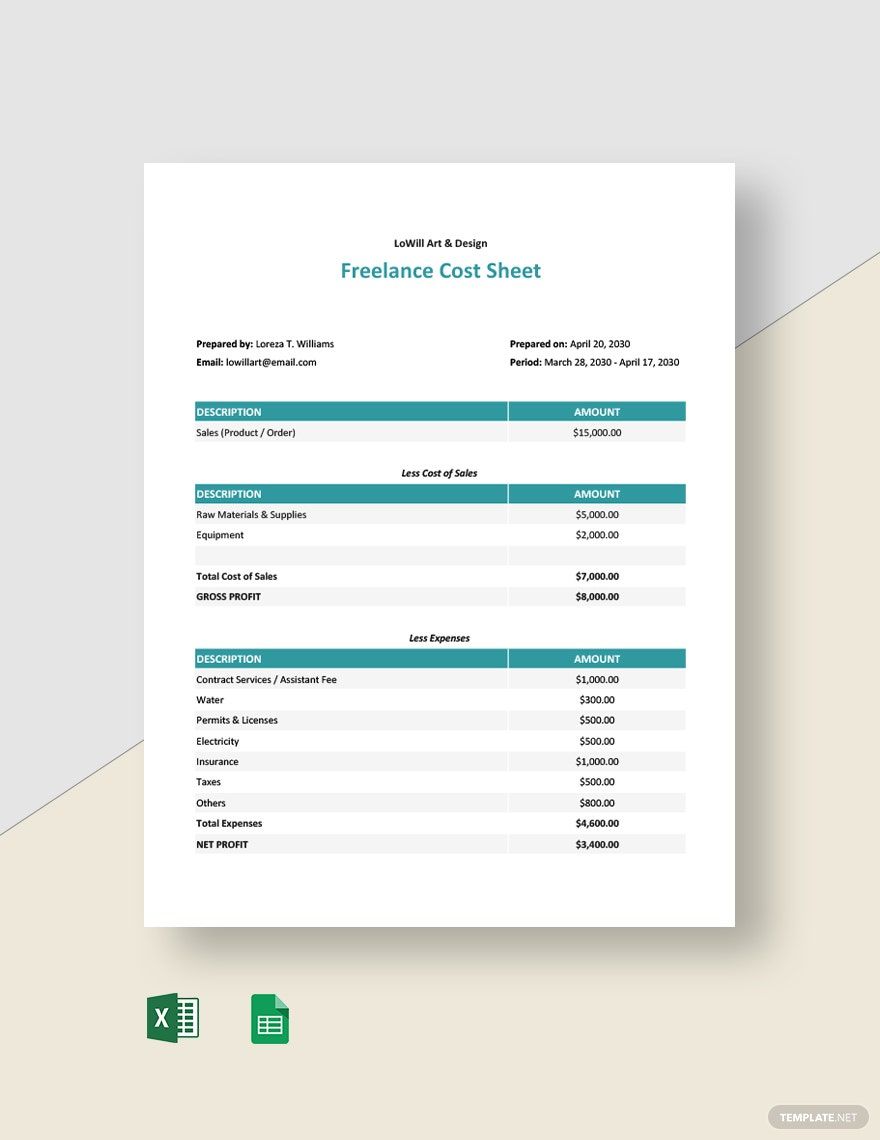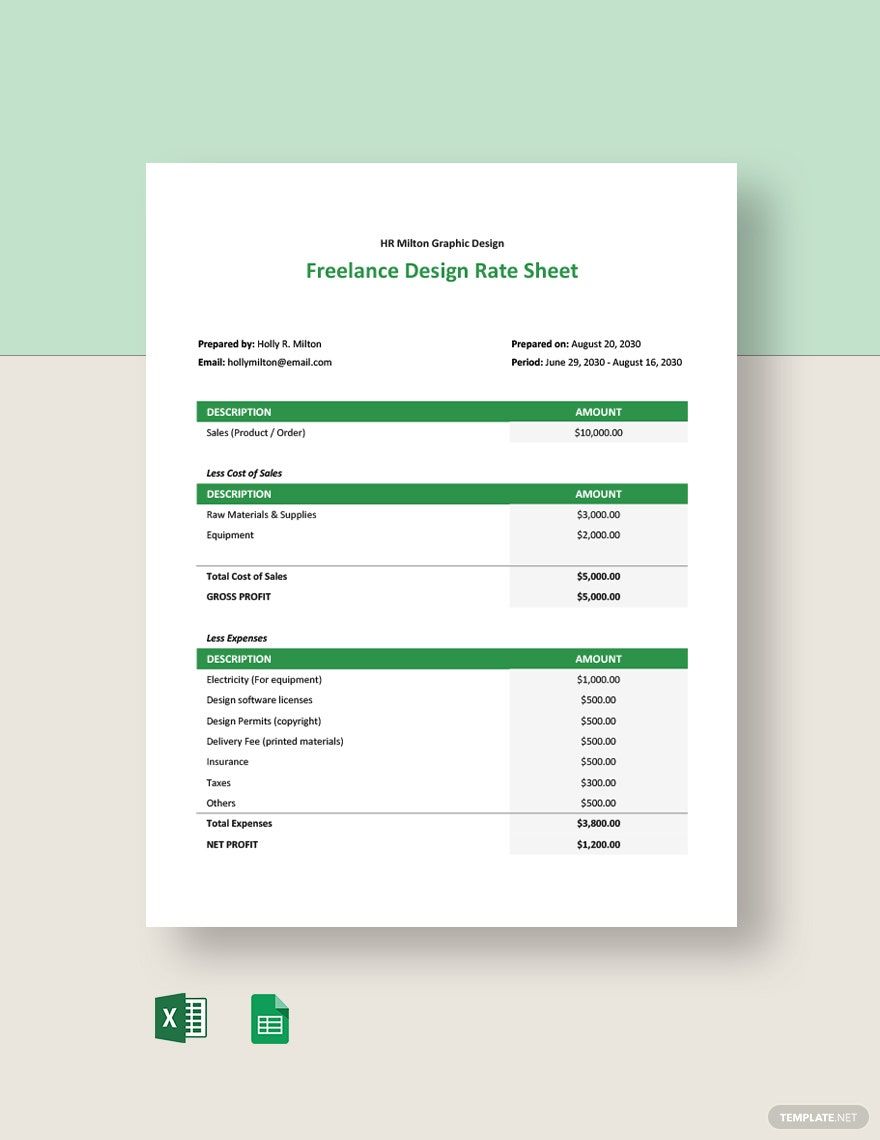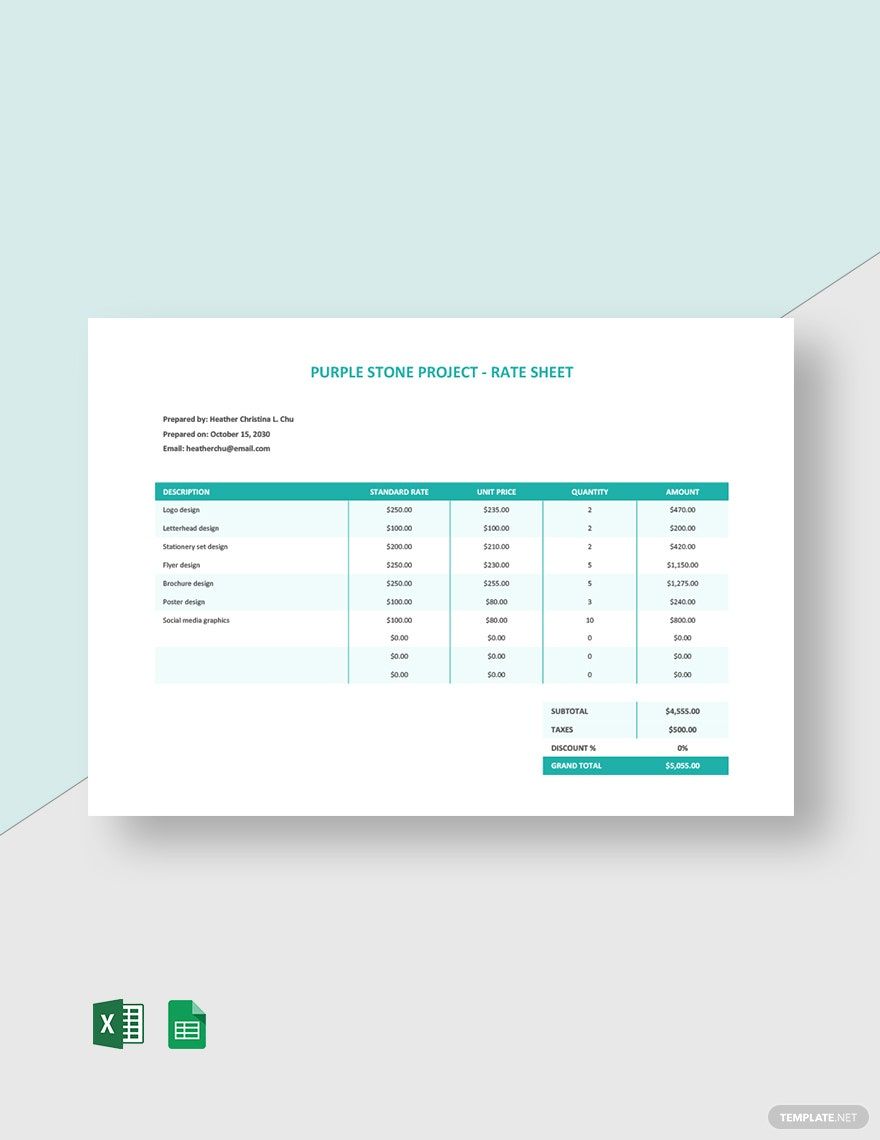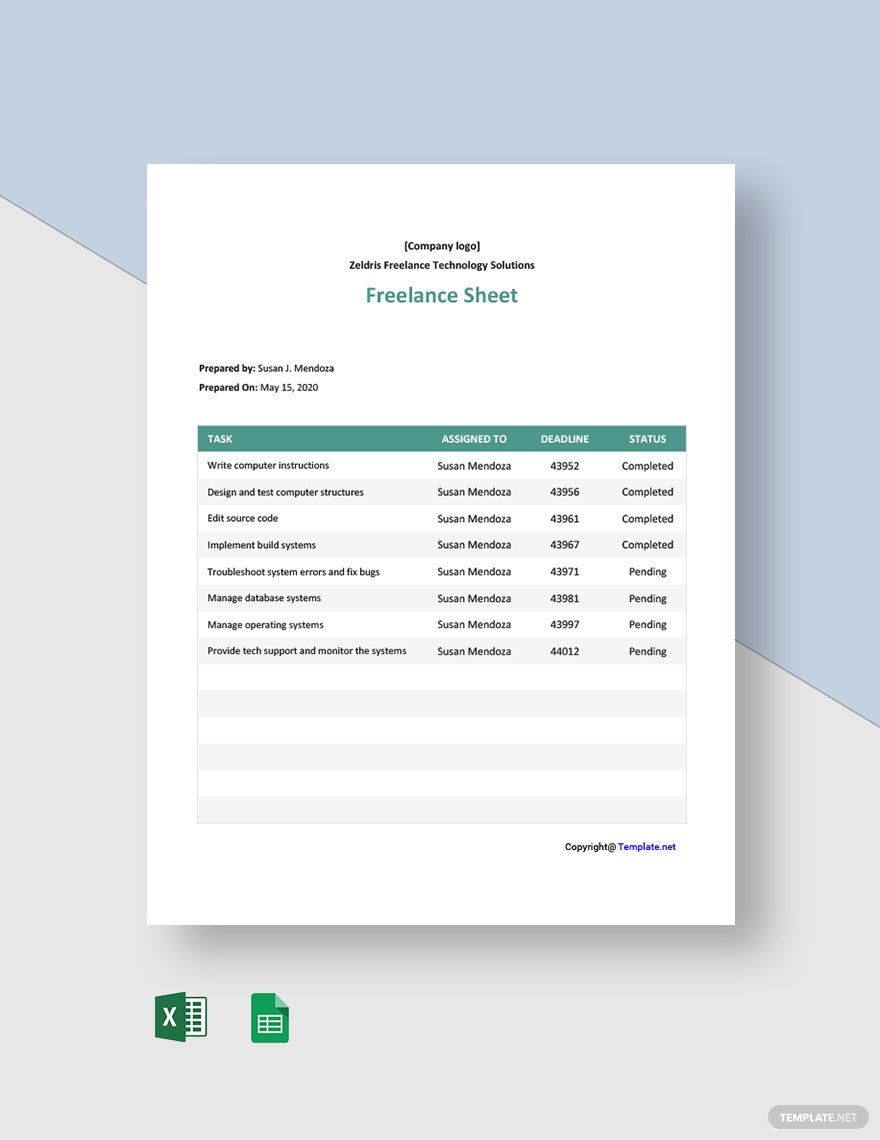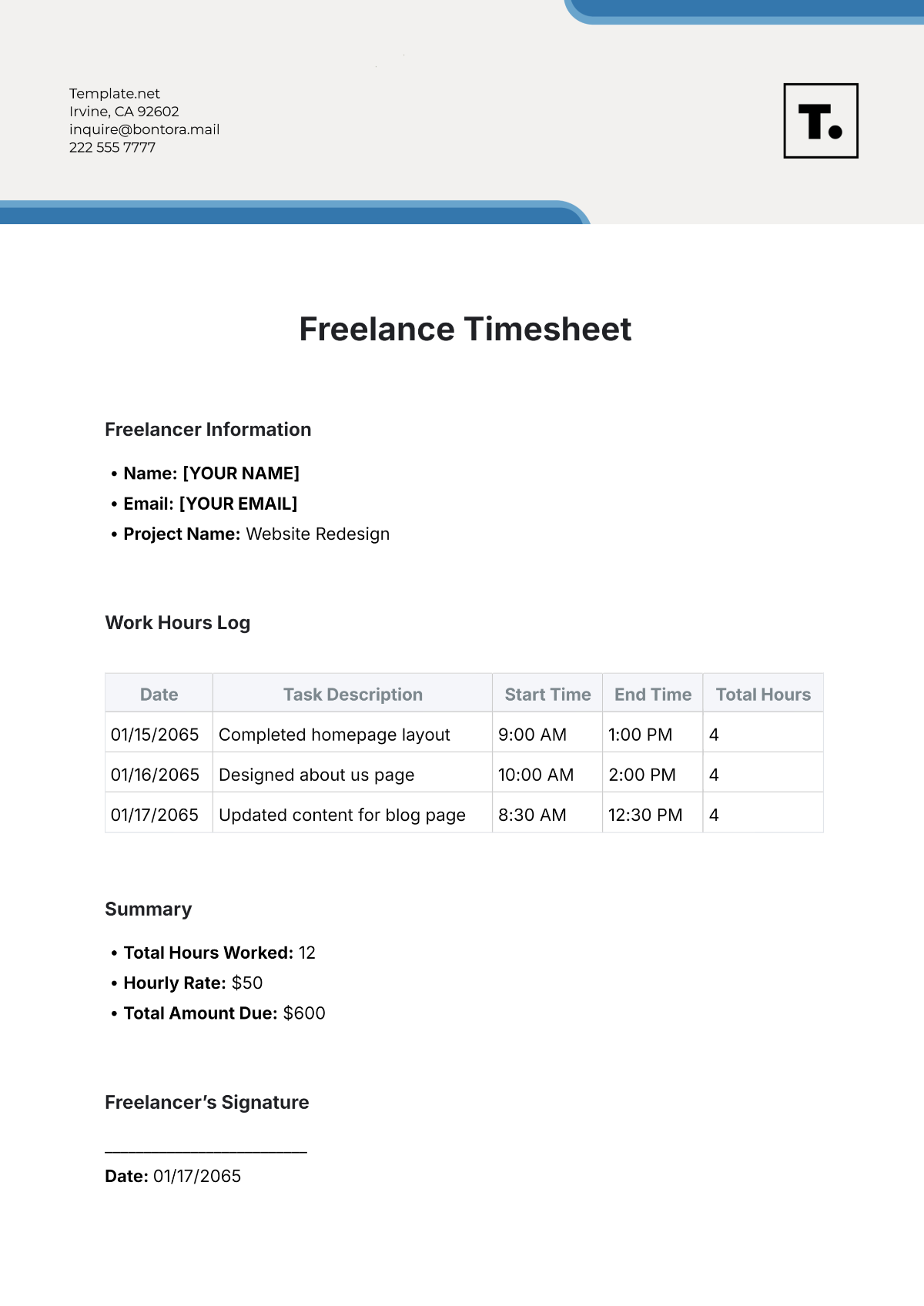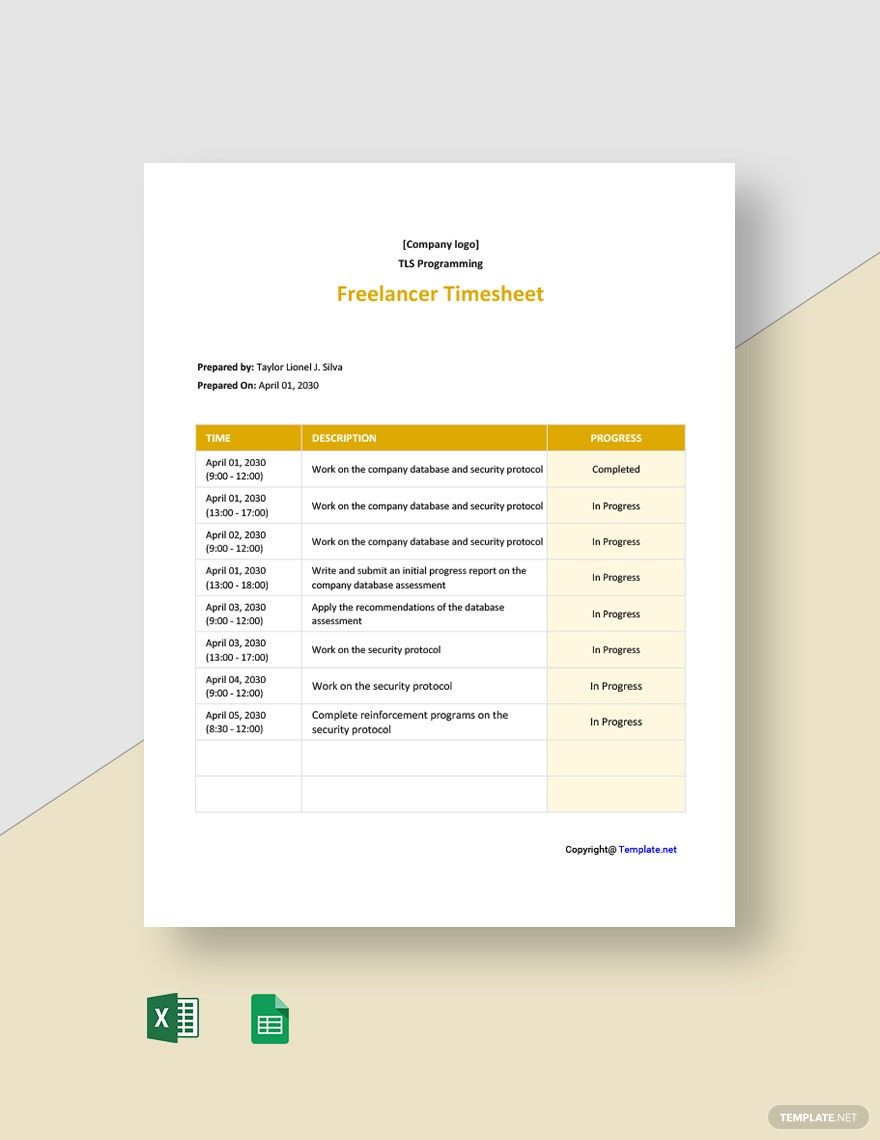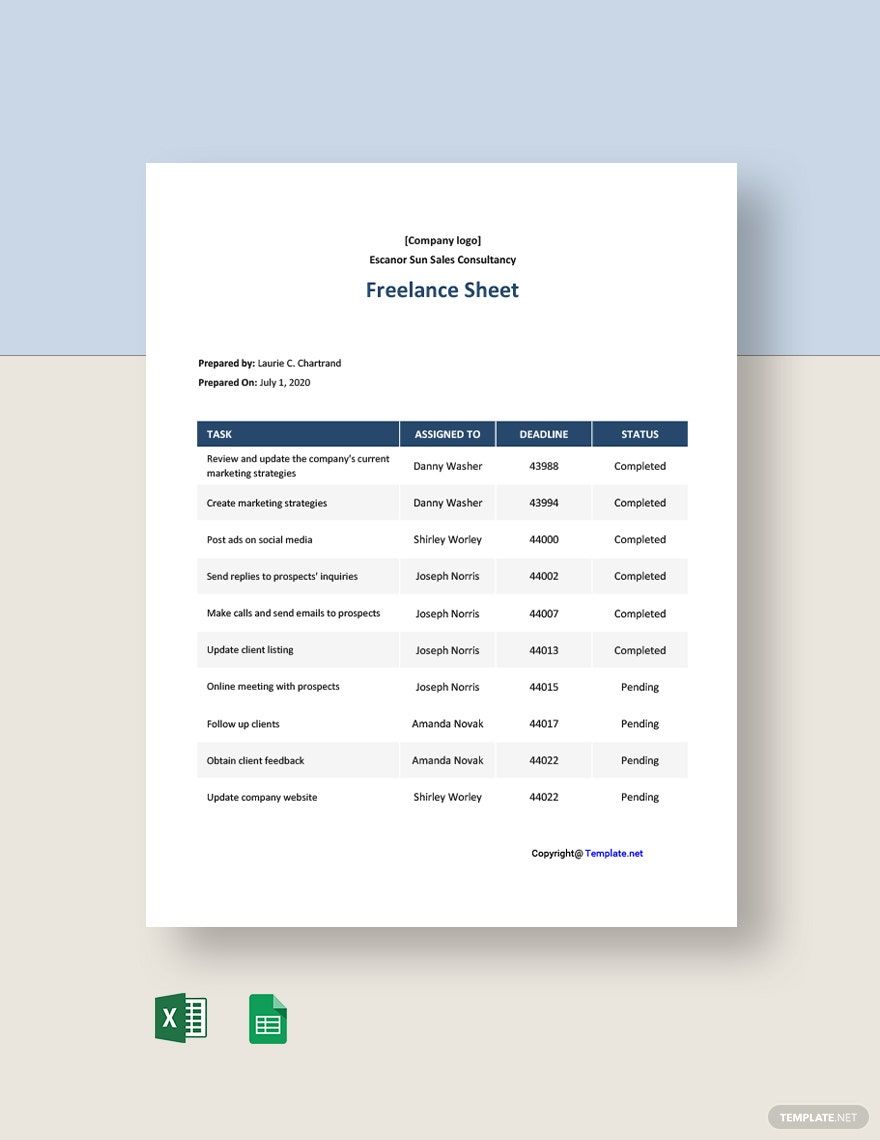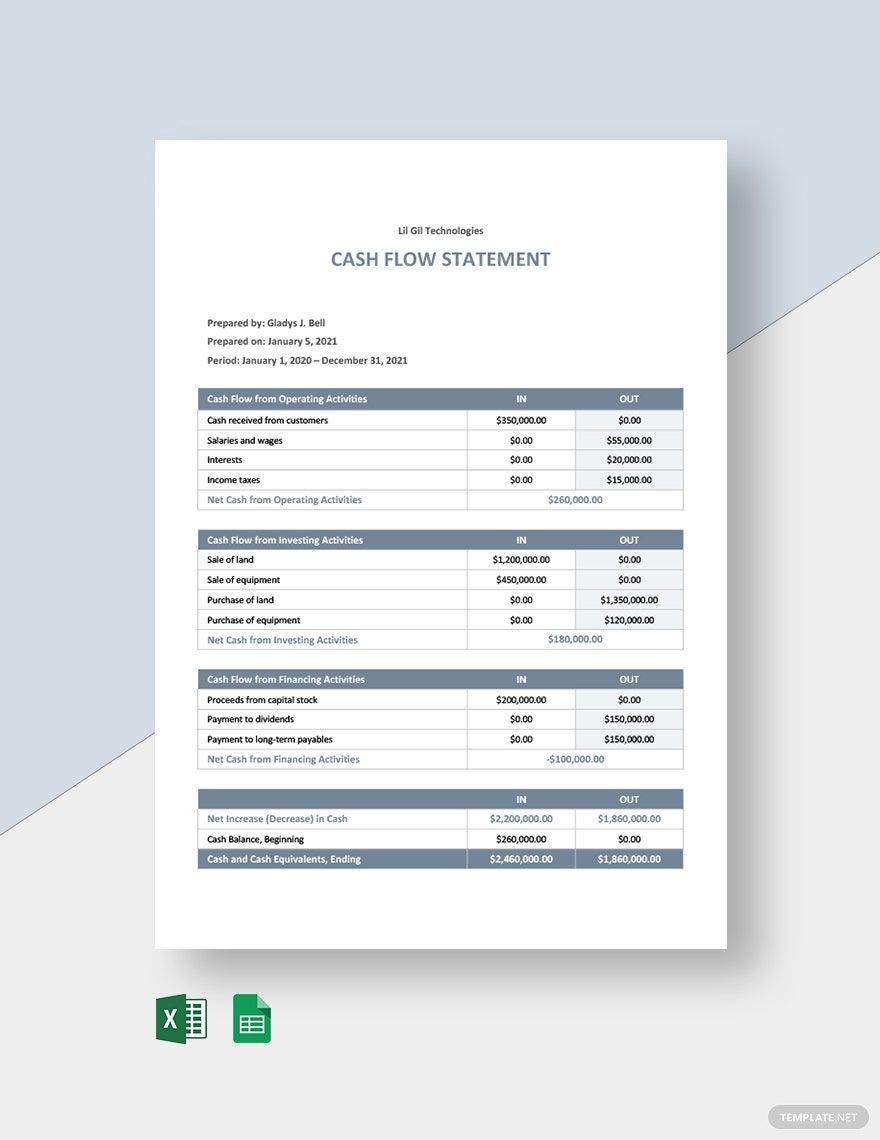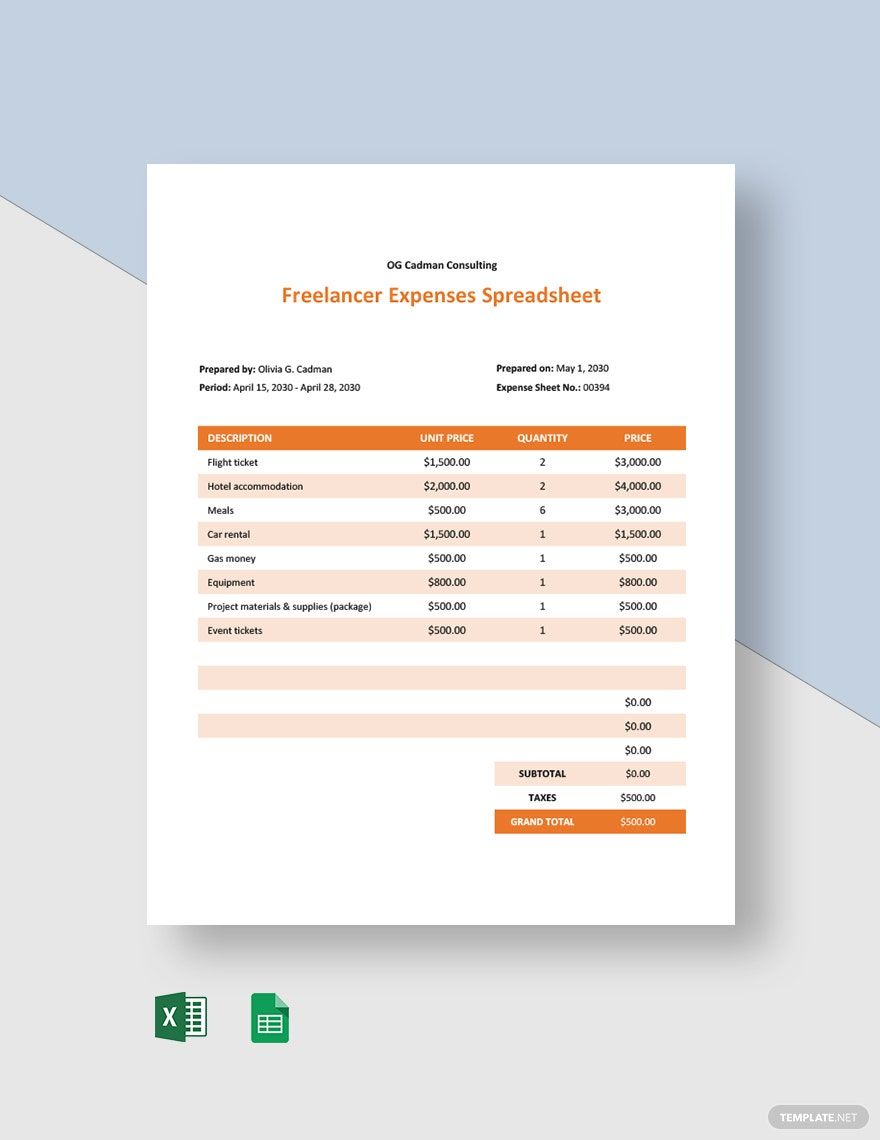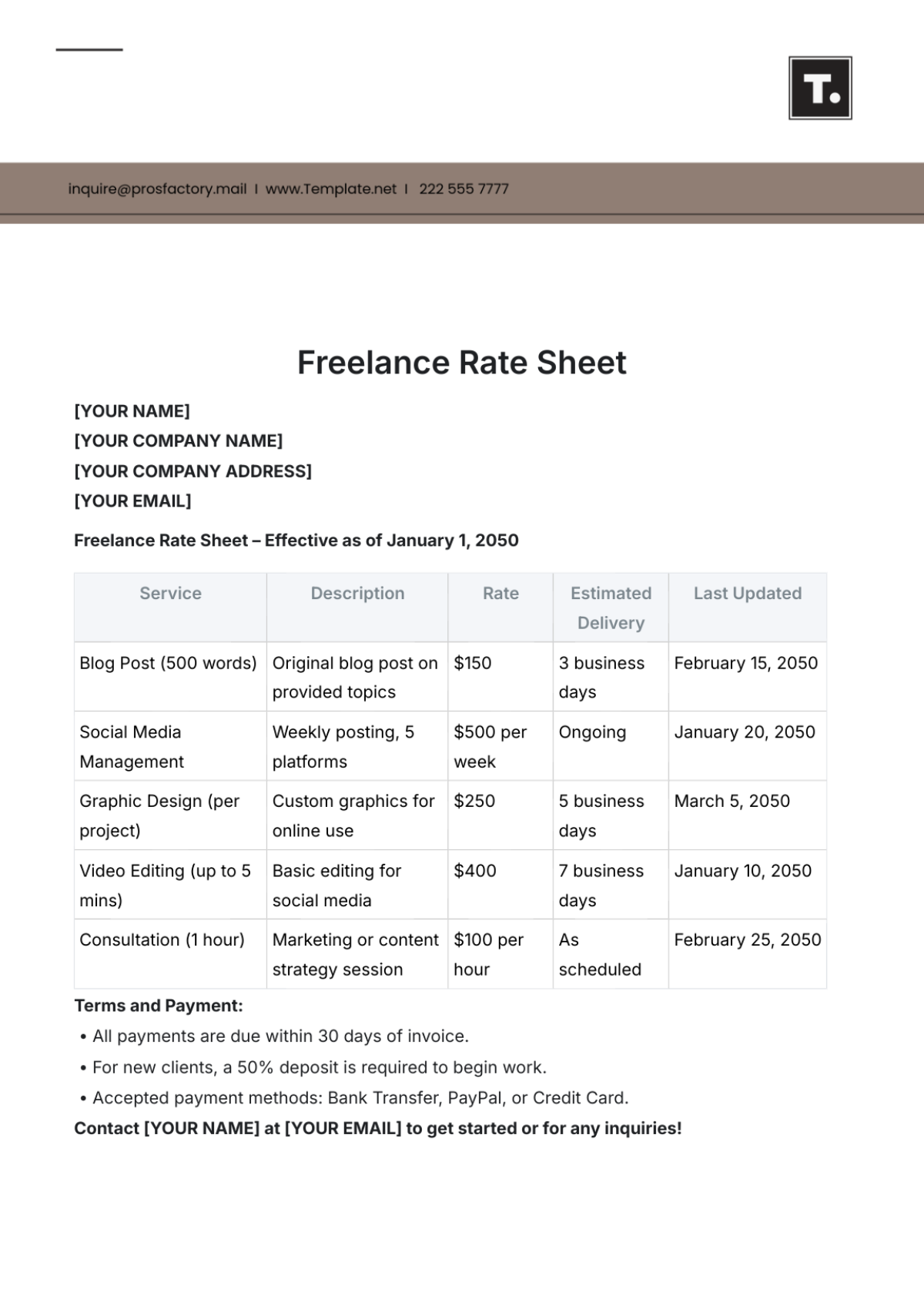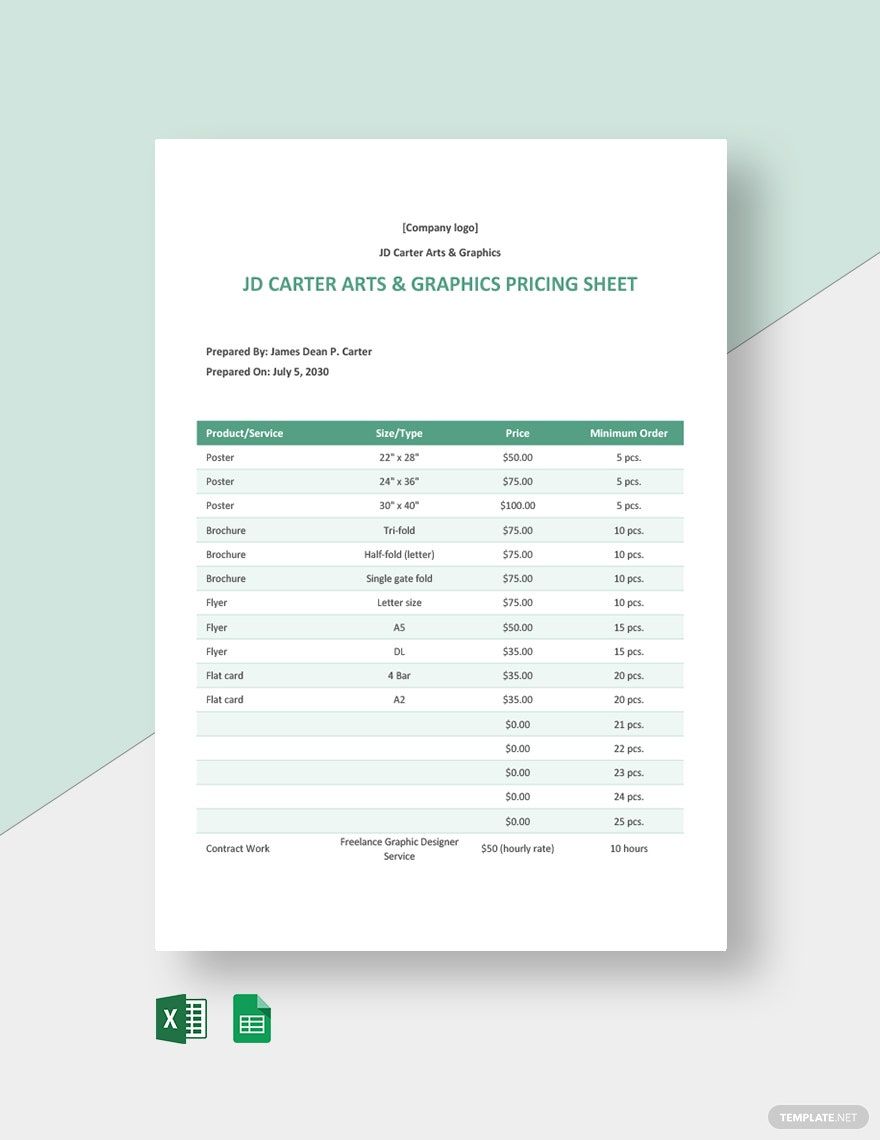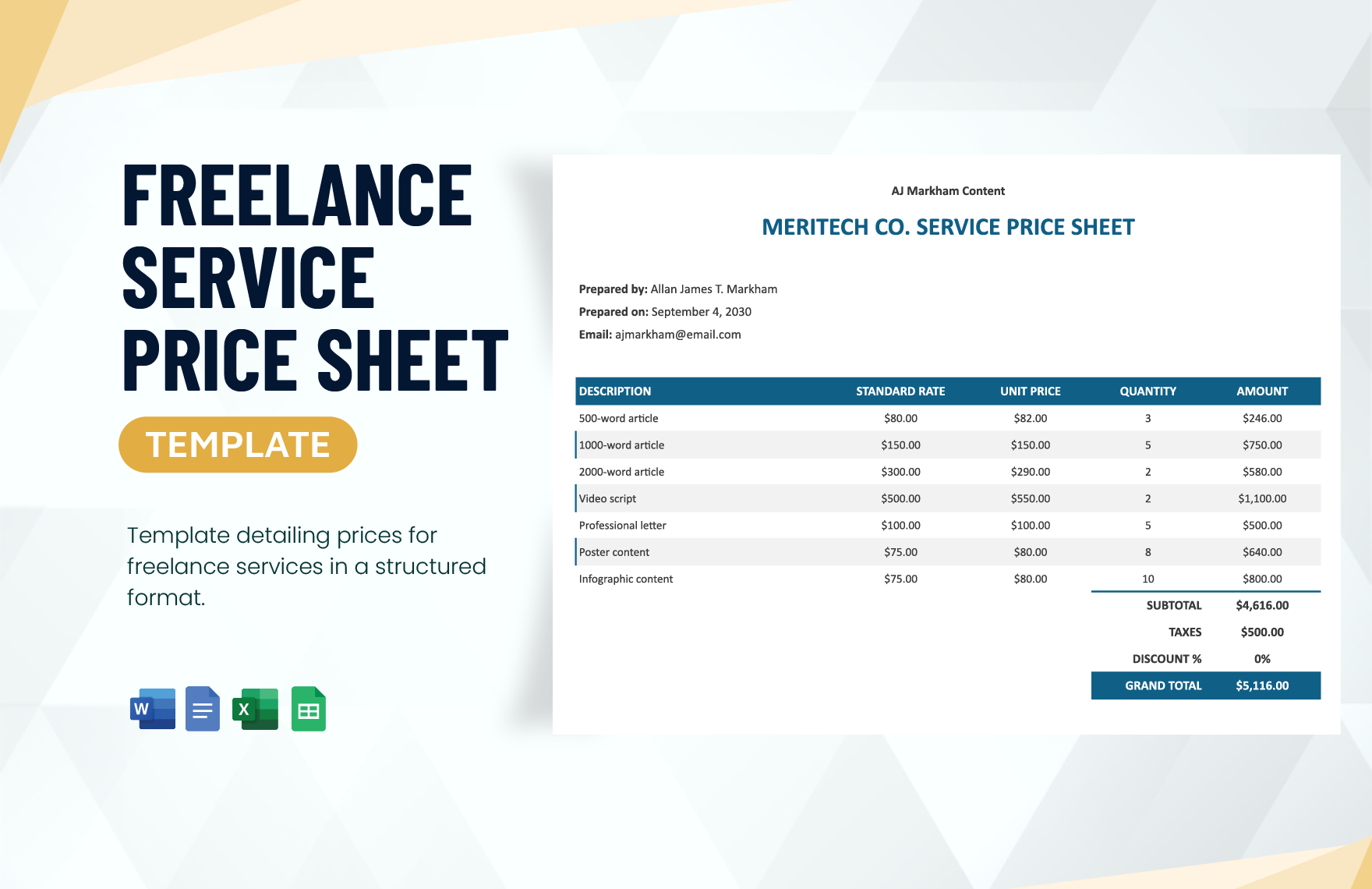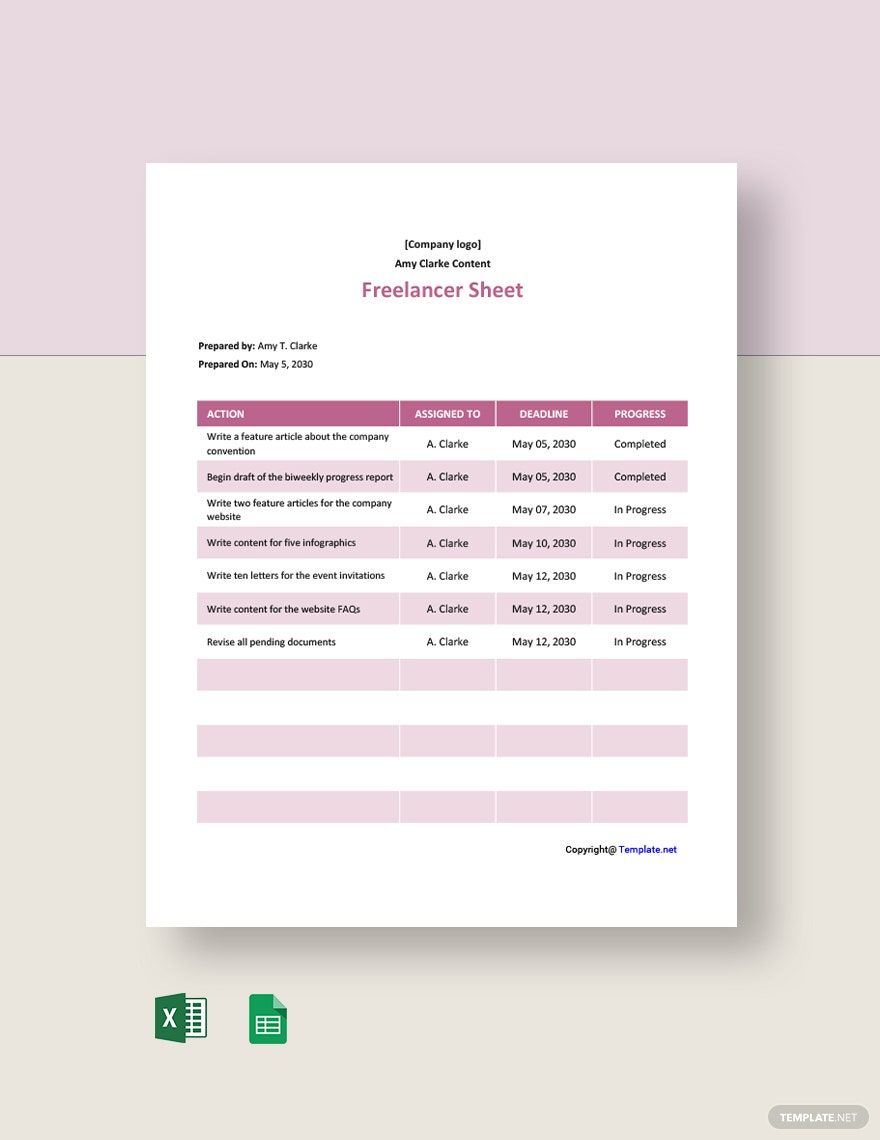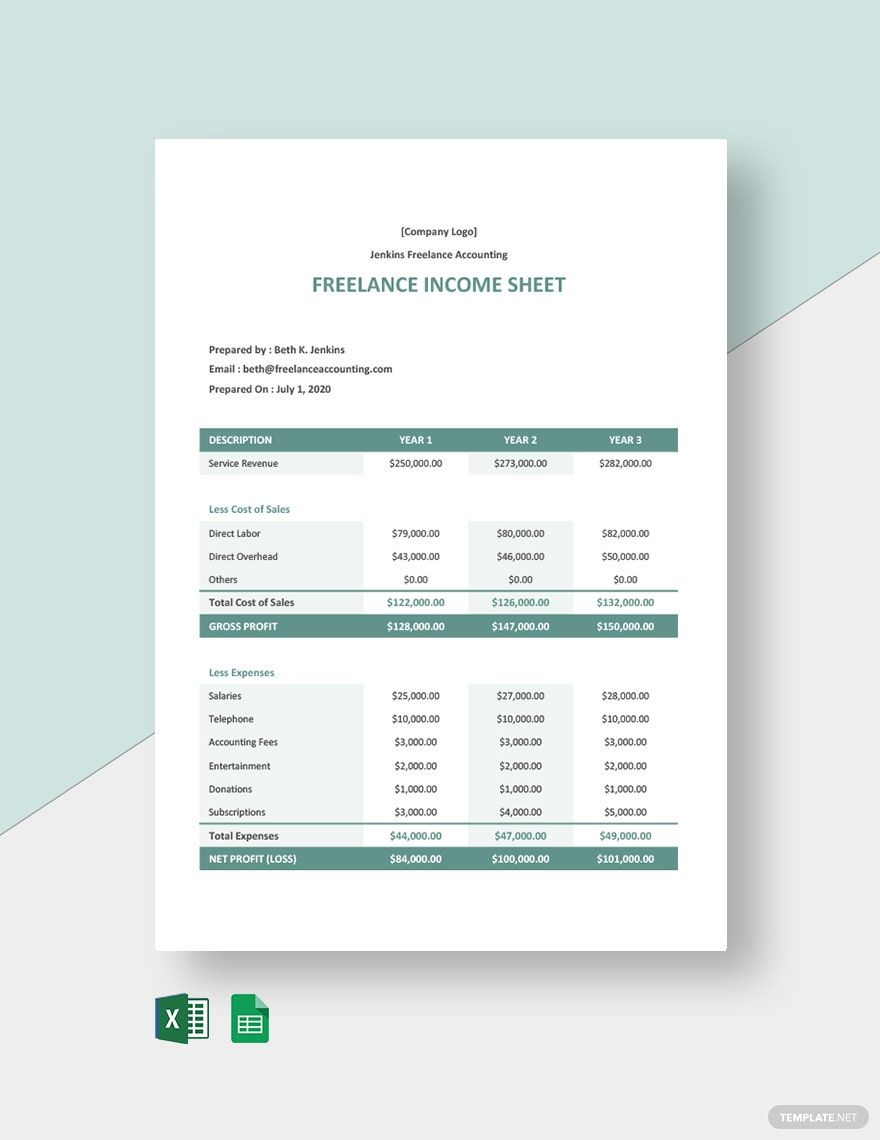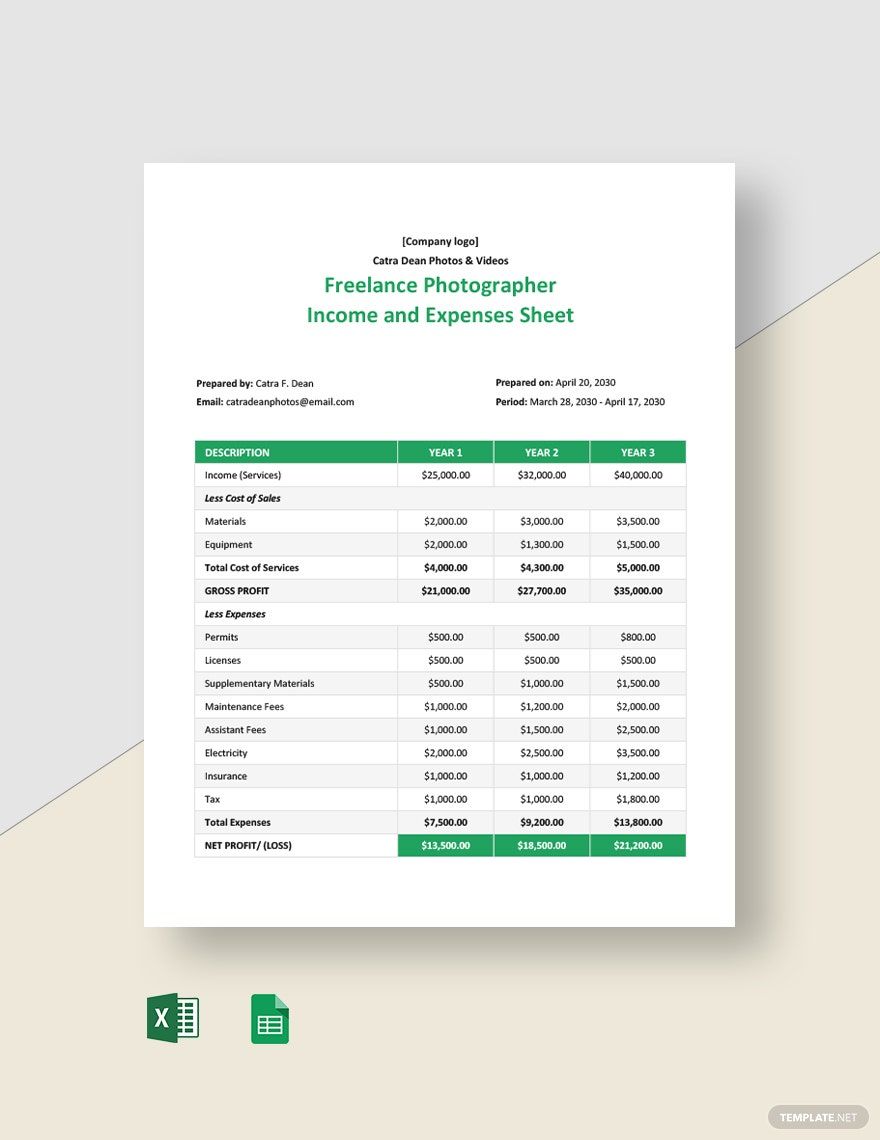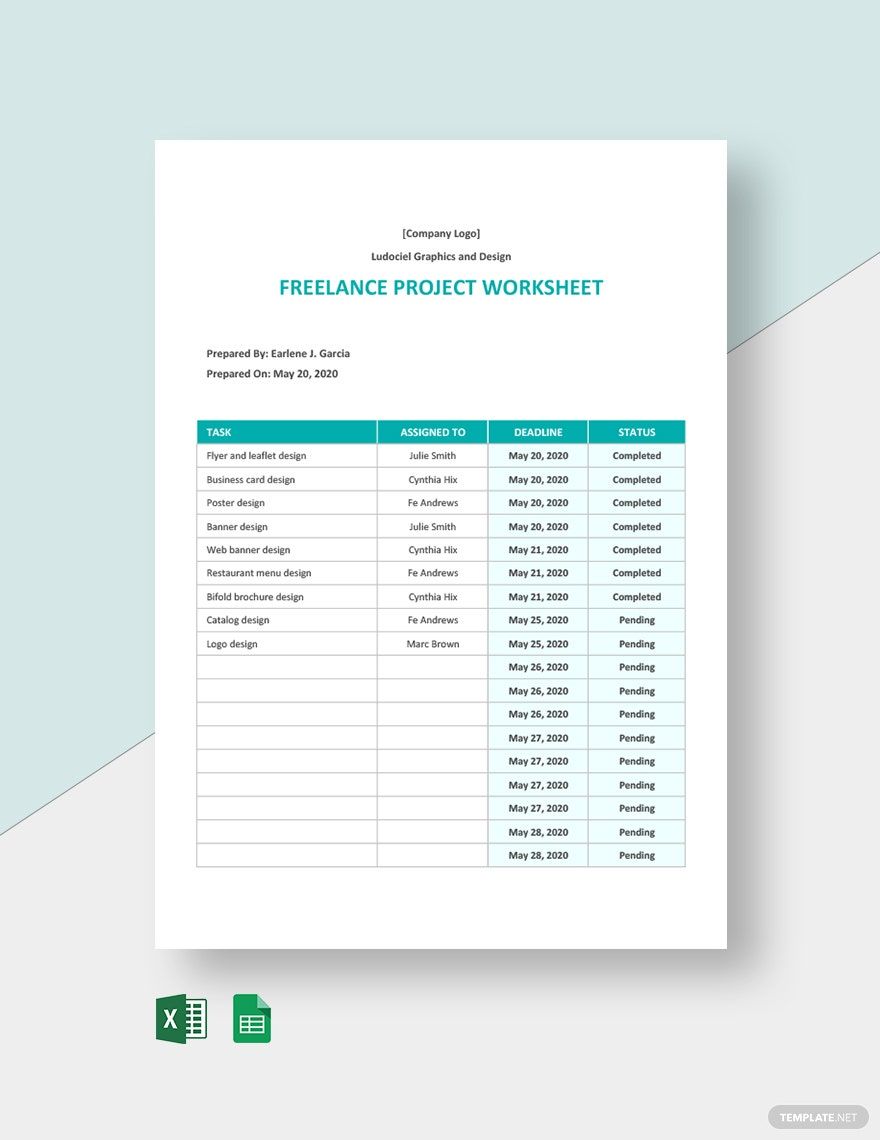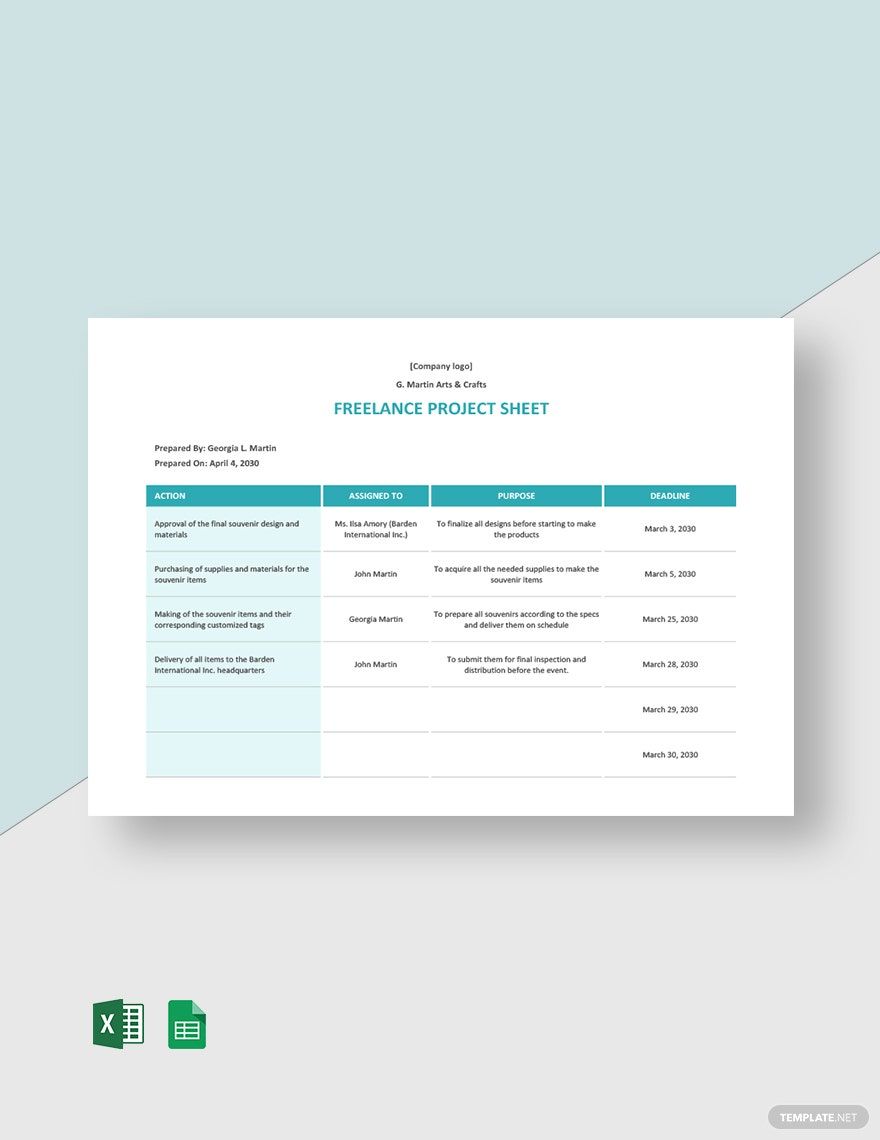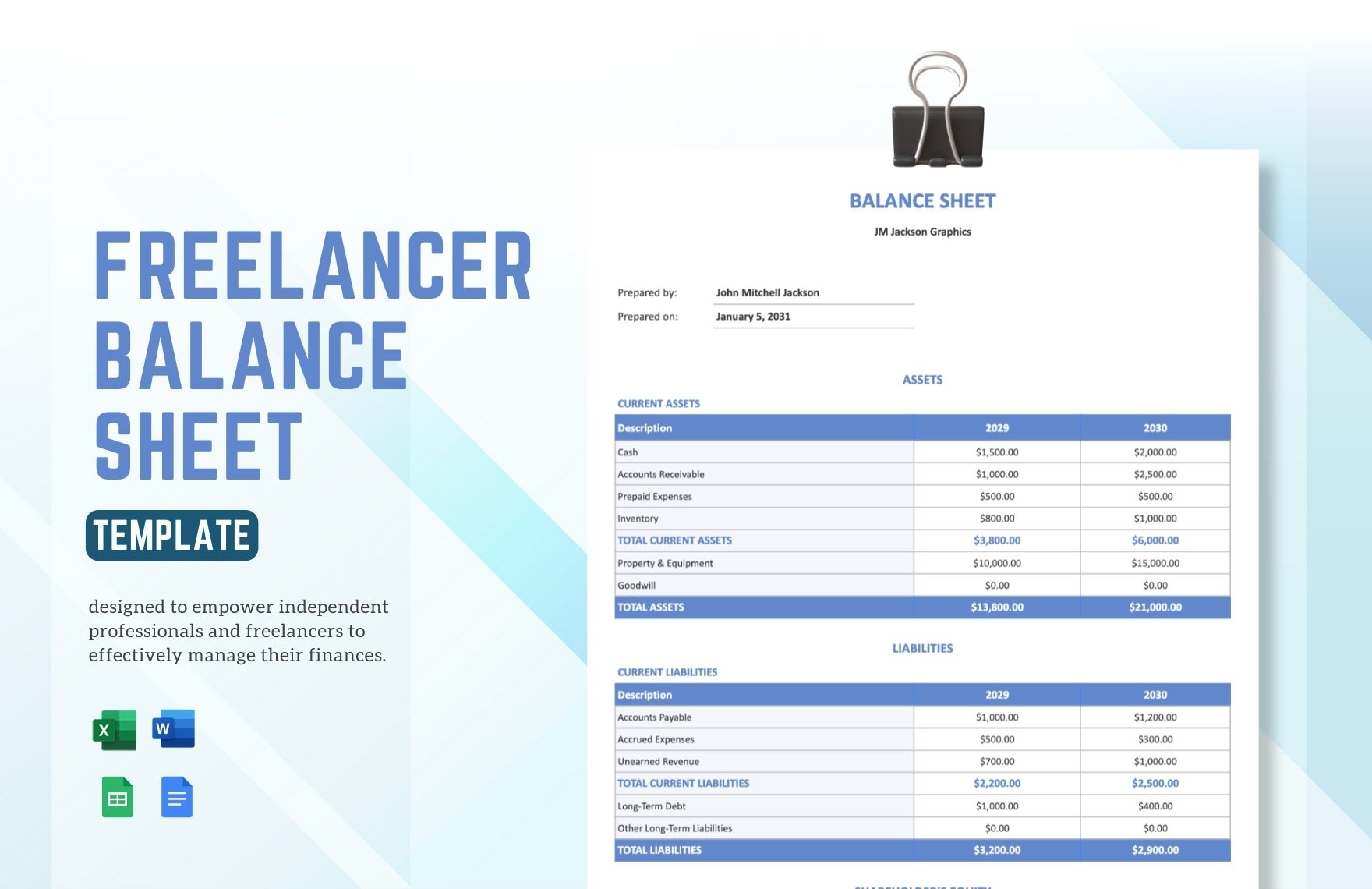If you’re a freelancer and need to create a tool for logging data, we have ready-made products to get you started right away. Check out our Freelancer Sheet Templates below and choose one that works for you. These templates come with original content and artwork to reduce your workload. Using these samples you no need to ponder much as they are well-crafted and beautifully designed. Also, these samples are 100% customizable and printable. Subscribe now and start downloading our templates!
How to Structure a Freelancer Sheet?
A freelance sheet is a document that freelancers use to input information. This document is a strategic means for freelancers to keep track of their progress, expenses, activities, etc.
According to the Freelancers Union, freelance employees represent 35% of the entire US workforce. One of the tools that freelancers use to monitor their productivity is the sheet. If you need to make one for yourself, we can help you out with our guidelines below.
1. Decide on a Type of Sheet
What type of sheet are you planning to make? Sheets come in various forms. These include rate sheets, sales sheets, spec sheets, balance sheets, price sheets, etc. Before doing anything else, be sure to decide on a specific type of sheet.
2. Enumerate the Details
Based on the type of sheet, you should identify the details or elements to include in it. For example, there should be individual columns for the name and logs if you’re making a timesheet.
3. Choose a Specific Software
Ideally, we would recommend that you use a spreadsheet renderer such as MS Excel, Apple Numbers, or Google Sheets. However, it’s entirely up to you as long as it allows you to set an organized layout to produce reliable documents.
4. Input the Data in the Cells
Speaking of data, now’s the time to start adding them to the document. Make sure that each data added is correct and if it is placed inside the right cell. Double-checking and ensuring accuracy is important whether or not your data is purely numerical.
5. Add Formulas for Convenience
If your data does involve numbers and you need to do computations, why not let the app do it instead? Most spreadsheet processors have this feature, simply add the formulas and it’ll do the math for you. Not only will this save you time, but it will help you yield accurate results.
6. Polish the Layout and Finalize the Data
Don’t leave your datasheet dull and unappealing, polish the design by adding colors to distinguish the rows and columns. Also, check all the data one last time to ensure that no error makes it past the printing phase.
